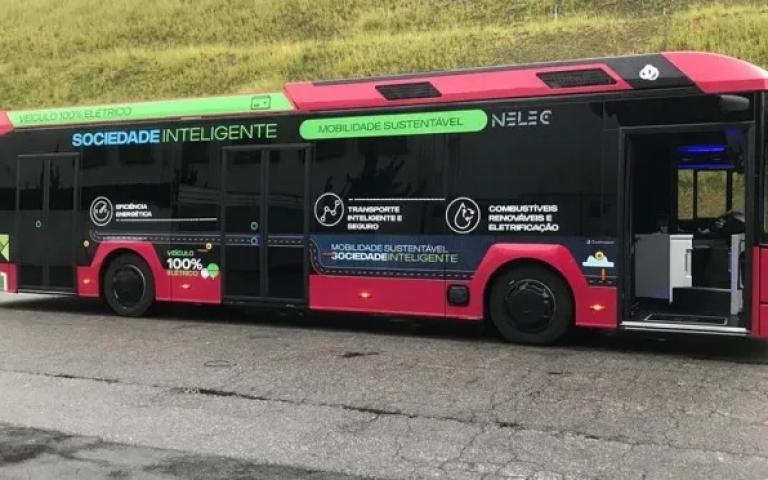Scania has carried out important transition work towards the electrification of public transport, based on natural gas technologies, which has given it excellent results in Latin America, in countries such as Argentina and Colombia. For their part, the electric buses began to be tested on the streets of, they have been on the streets of Mexico City and Bogotá for several months.
Now the turn is for Brazil, since Scania is homologating a 100% electric vehicle that will soon be tested on urban routes of the South American giant. Using the Scania type C chassis in a battery version, it is coupled to the NELEC model, developed by the Spanish manufacturer Castrosua, based in Santiago de Compostela, northwestern Spain.
Carrocera Castrosua S.A. presented its NELEC electric bus starting in 2021, and it is the first electric vehicle of the Spanish bodybuilder. It has versions ranging from 11.5 to 13 meters, with a capacity of up to 34 people seated and 63 people standing. It is a body that has been designed in 3D and is designed for both urban and suburban transport.
The test unit that arrived in Brazil has a low floor, 3 doors, electronic itinerary, accessibility ramp, air conditioning, internal monitoring system, rearview camera. The accessibility ramp can be requested using a button located both inside the vehicle, in the area for wheelchair users, and outside.


Very common in Europe, this function will possibly be disabled during tests in Brazil, the activation being controlled only by the driver. Presented to Scania employees in December, the vehicle does not yet have a set date for the start of street tests, but as the unit is already badged and in the process of being approved, these tests should take place soon.
Scania's C chassis is aimed at offering great modularity as it is developed to manufacture low-floor urban and commuter buses, in Euro VI diesel versions that operate on biodiesel or HVO; natural gas or biogas and electricity. The zero emissions option delivers a maximum power of 300Kw and produces 2,100Nm of torque, it can have 8 or 10 battery packs and thus improve autonomy. To recharge it, the connector system will be used in patios with a CCS-type 2 system.

